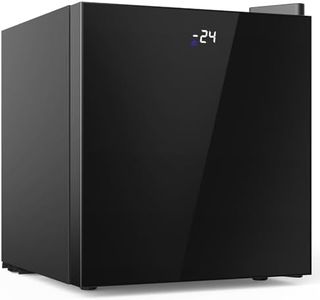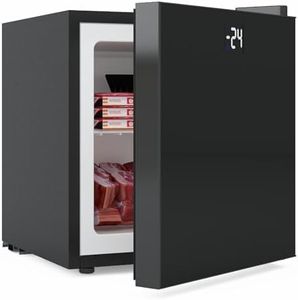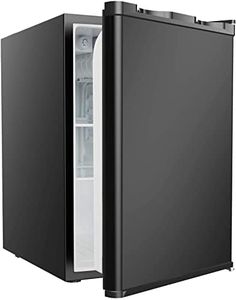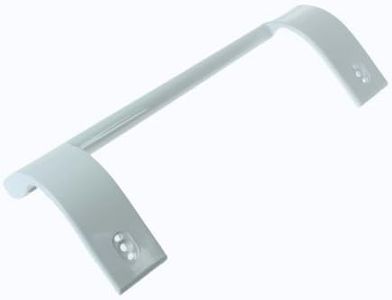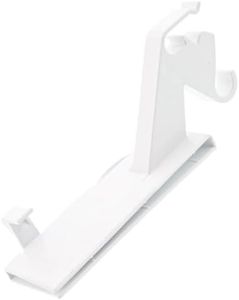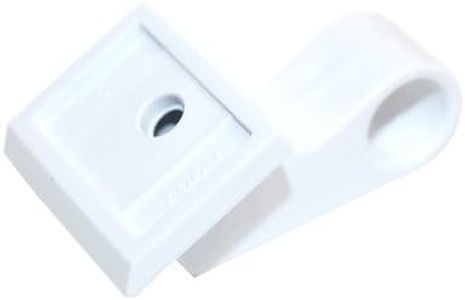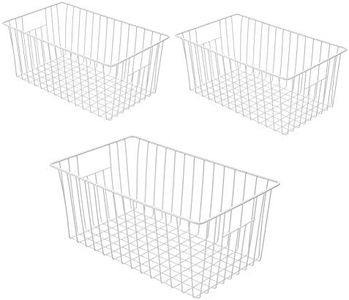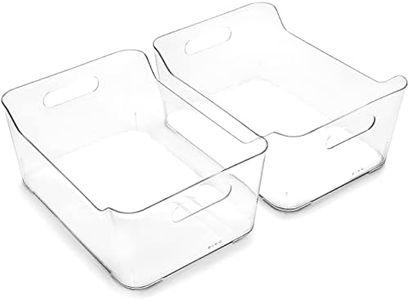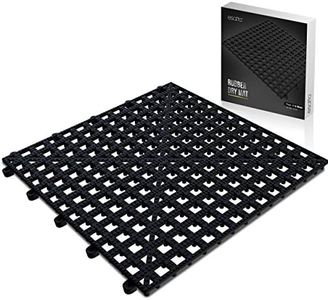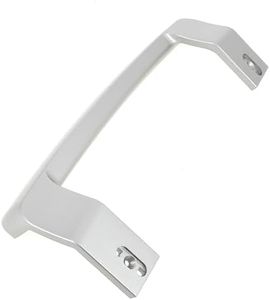We Use CookiesWe use cookies to enhance the security, performance,
functionality and for analytical and promotional activities. By continuing to browse this site you
are agreeing to our privacy policy
10 Best Garage Freezers
From leading brands and best sellers available on the web.Buying Guide for the Best Garage Freezers
Choosing the right garage freezer means ensuring your food stays safe and fresh even in environments that are not climate controlled. Unlike kitchen freezers, garage freezers need to work well in spaces where temperatures can swing from very cold in the winter to very hot in the summer. It's important to focus on how well the freezer can handle those changes, as well as thinking about what size fits your needs and how easy it will be to organize and access your frozen goods.Temperature Range (Garage Ready)Temperature range, often described as 'garage ready,' refers to the freezer's ability to operate correctly in extreme hot and cold conditions, which is especially important in garages that aren't heated or cooled. The freezer should be designed to maintain safe internal temperatures when the surrounding air can drop below freezing in winter or soar during summer. Freezers rated for a wide temperature range (for example, 0°F to 110°F) are best for unheated garages, while those with a narrow range are better suited to more stable environments. Think about your local climate—if your garage gets cold or hot, pick a freezer specifically labeled as garage ready.
Capacity (Size)Capacity is measured in cubic feet and it tells you how much you can store inside the freezer. This is important because you want to make sure you have more than enough space for your needs, but not so much that it's wasted or the freezer struggles to stay cold when it isn't full. Small freezers (5-9 cubic feet) are good for small families or storing extra sale items. Medium sizes (10-16 cubic feet) suit most households, while large freezers (over 17 cubic feet) are great for large families or bulk storage. Consider the amount of food you typically freeze, how often you shop in bulk, and the available floor space.
Type (Chest vs Upright)The two main types of garage freezers are chest and upright. Chest freezers open from the top and generally offer more storage for large or awkward items; they also tend to be more energy efficient and keep cold air inside better. Upright freezers stand vertically and offer shelving for easy organization and access, which can be handy if you use the freezer often. If you want to store a lot of large or odd-shaped items, a chest freezer may be better. For easier organizing and quick access, an upright freezer might suit you. Think about your space and whether you want to dig for food or see everything at a glance.
Energy EfficiencyEnergy efficiency tells you how much electricity a freezer uses, which matters because garage temperatures can force the freezer to work harder, increasing energy costs. Efficient models will keep your food cold with less power. Freezers are usually rated with labels like 'Energy Star' or list their annual electricity usage in kilowatt-hours (kWh). Lower kWh numbers mean it's cheaper to run. If you're concerned about electricity bills or want to be eco-friendly, pick a model with strong efficiency ratings.
Defrost Type (Manual vs Automatic)Defrost type describes how you remove built-up ice. Manual defrost freezers require you to turn off the appliance and let ice melt, which can be time-consuming but usually results in lower energy usage. Automatic (frost-free) models prevent ice buildup by cycling air to keep things dry, making them easier to maintain, but they may use a bit more power. If you prefer a 'set it and forget it' approach, go with automatic defrost. If you're comfortable with occasional maintenance for the sake of simplicity and efficiency, manual defrost may be suitable.
Shelving and OrganizationShelving and organization refers to the way the space inside the freezer is divided up to help you store and find food. Chest freezers may offer a few baskets or dividers, while upright freezers often have shelves, bins, and door storage. Well-organized interiors make it easier to find what you need and use up food before it gets freezer-burned. Think about how often you'll access specific items—if you like things neatly organized and easy to see, look for a freezer with multiple shelves and compartments.
